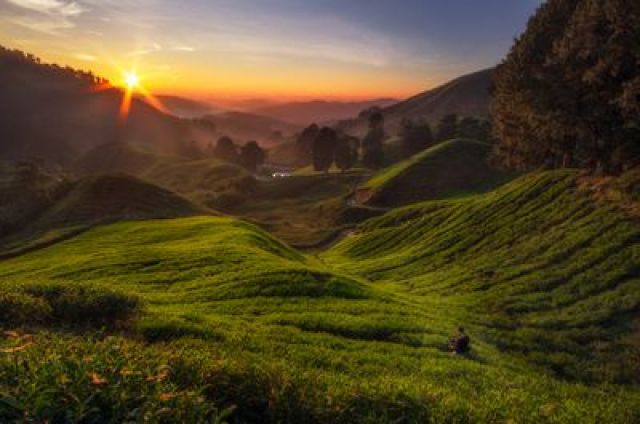Cameroon is triangular in shape and is bordered by Nigeria to the northwest, Chad to the northeast, the Central African Republic to the east, the Republic of the Congo to the southeast, Gabon and Equatorial Guinea to the south, and the Atlantic Ocean to the southwest. Approximately 250 ethnic groups speaking about 270 languages and dialects make Cameroon a remarkably diverse country.
The rain forests in the south of Cameroon are home to screaming red and green monkeys, chimpanzees, and gorillas, as well as rodents, bats, and a great diversity of birds—from tiny sunbirds to giant hawks and eagles. A few elephants can be found in the forest and in the grassy woodlands, where baboons and several types of antelope are the most common animals.
After Cameroon became independent in 1960, the country began to prosper and the government built schools, helped farmers diversify their crops, and encouraged new types of businesses. The global sale of products, such as cocoa, coffee, and oil, helped boost the economy.

